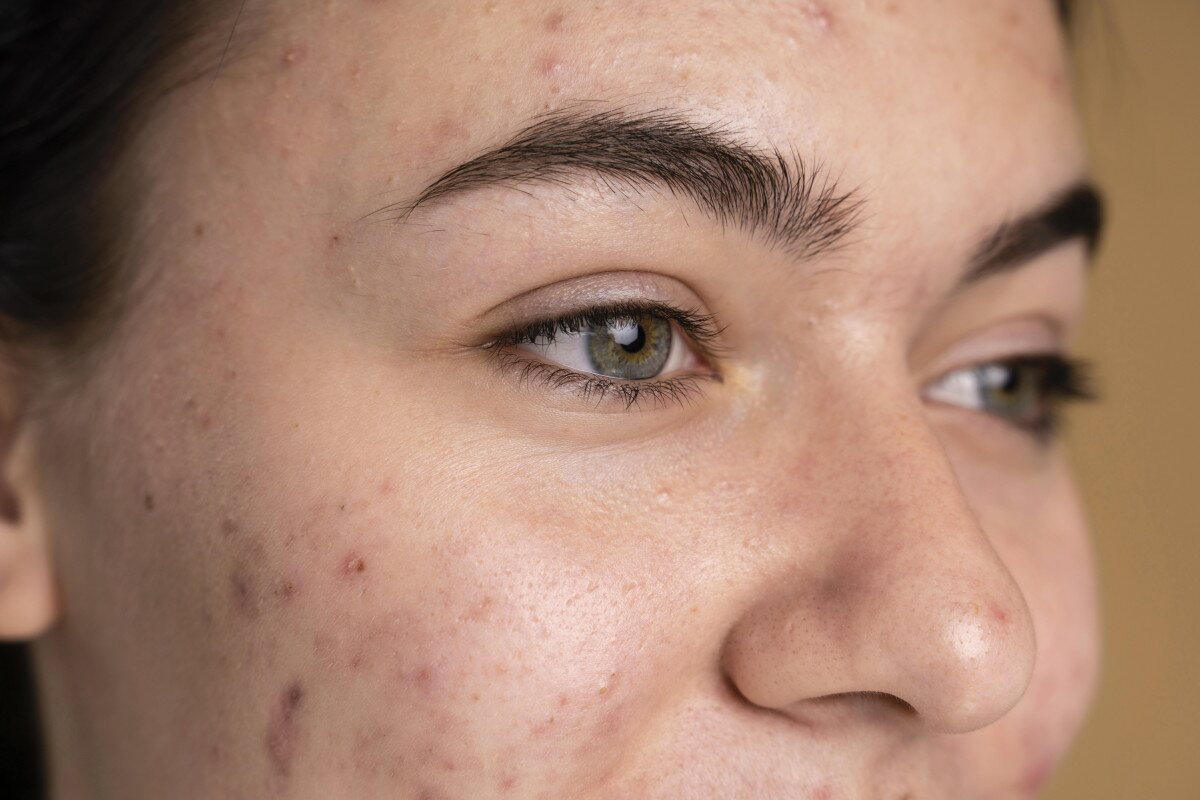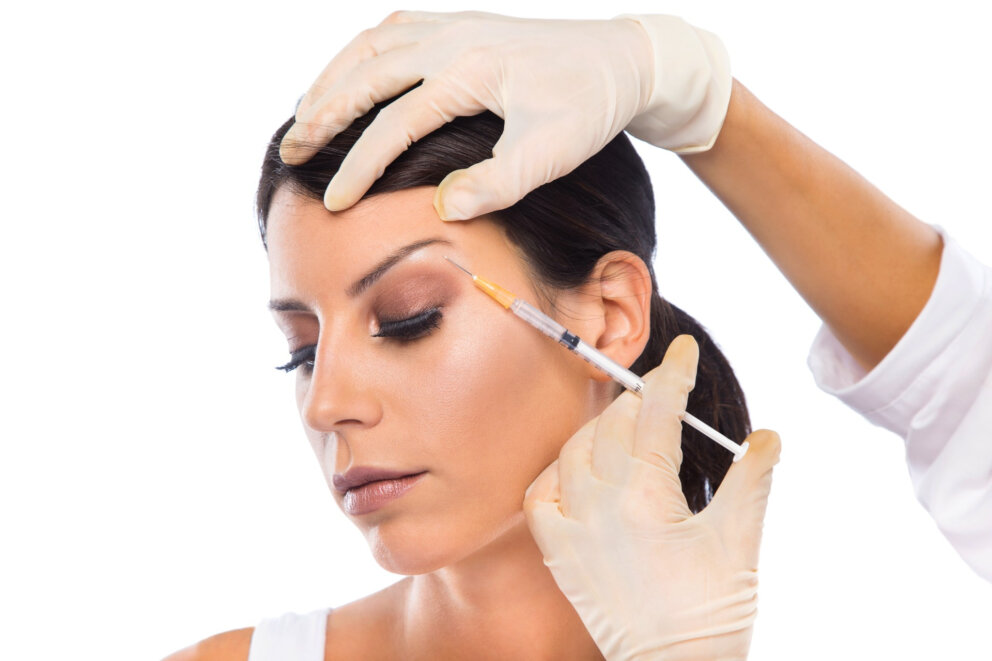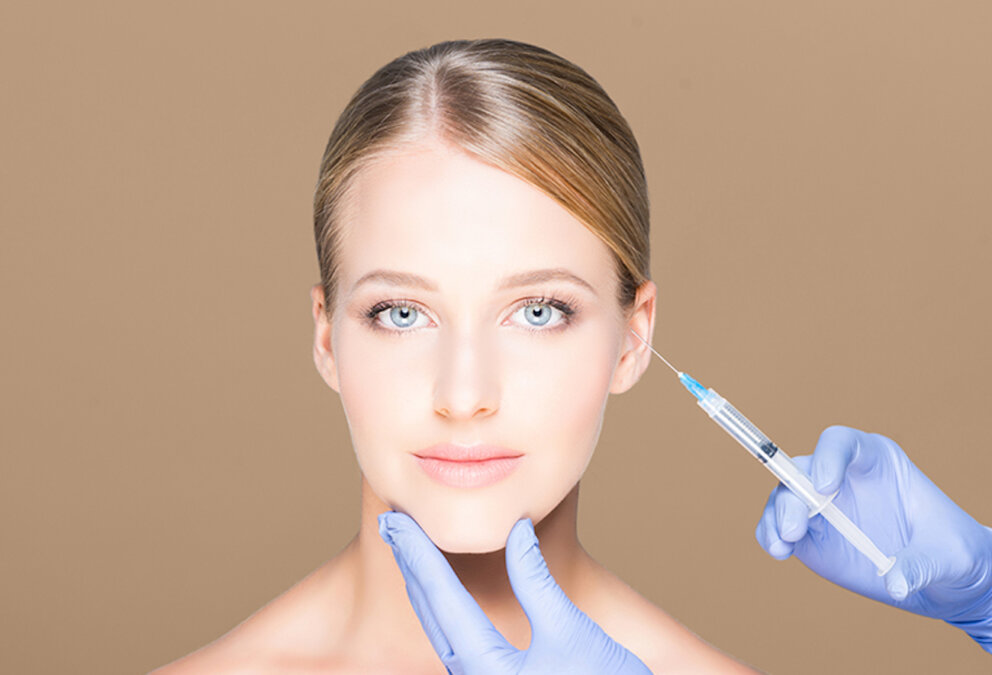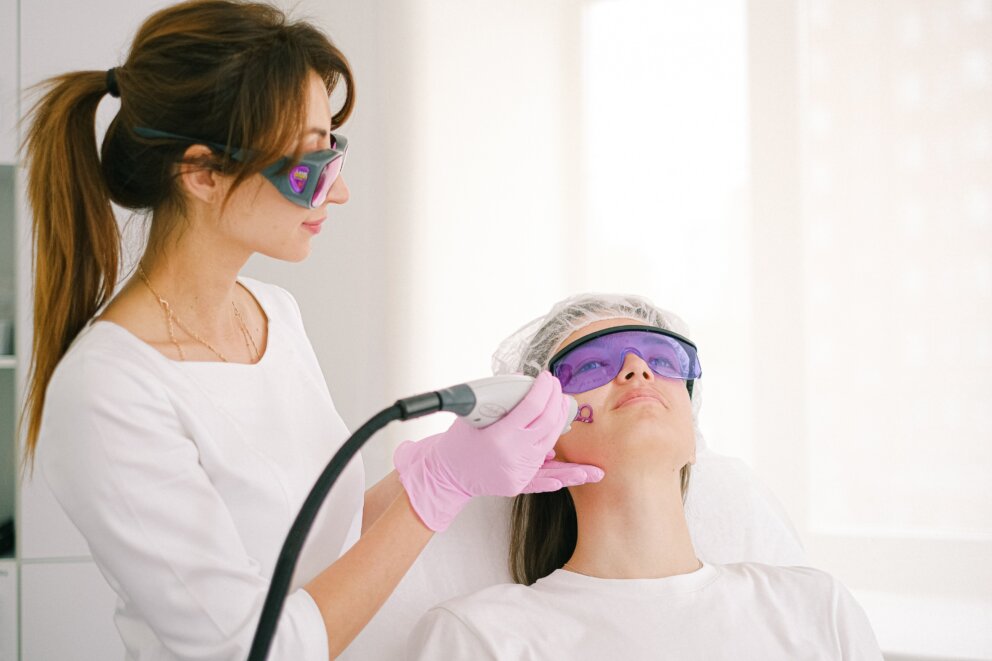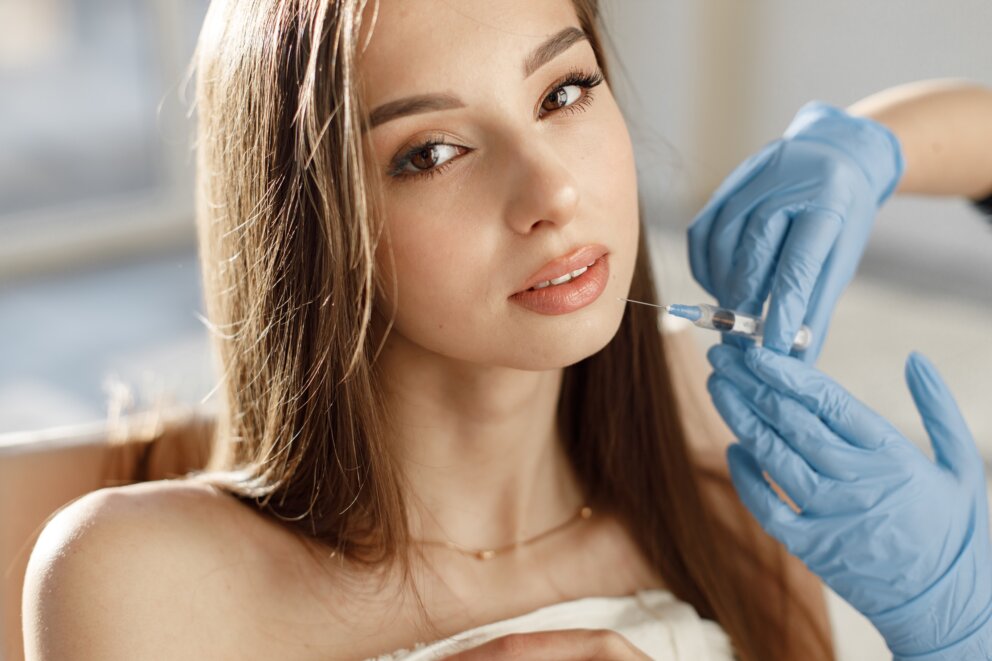Fortunately, however, a wide range of therapeutic options are available, including topical and systemic treatments that can effectively address acneic skin.
Inflammatory skin disease, or acne, is the eighth most common skin disease in the world. Although it is most common during puberty, it is increasingly affecting adults as well. In fact, over the past two decades, there has been an increase in the number of people who are troubled by this problem even in adulthood.
Acne can be mild, moderate or severe
- Mild acne in adults may consist of blackheads, whiteheads, or small pustules.
- Moderate acne in adults may also include papules that cover one-quarter to three-quarters of the face or body.
- Severe acne in adults often includes extreme redness or other discoloration, swelling, irritation, and deep cysts.
Causes of acne in adults
Acne is a problem in which the skin and pores do not function properly. Oil is excessively produced by the sebaceous glands and the pores are not effective in removing sebum. This causes clogging of the pores, which ultimately leads to blackheads, whiteheads, and "pimples." Several different factors can play a role in this skin problem such as:
- Genetics,
- Meals,
- Intolerances,
- Emotional and physical stress,
- Bacteria,
- Changing hormone levels and many others.
For example, fluctuations or excessive amounts of sex hormones can lead to changes throughout the body and skin, including:
- pH imbalances,
- Inflammation,
- Differences in circulation,
- Excessive sebum production.
These changes often play a role in the development of adult acne. Keep in mind that fluctuations in your hormones do not necessarily translate into unbalanced or irregular hormone levels. Rather, your skin may be reacting to the typical hormonal fluctuations that characterize periods such as puberty or perimenopause. Hormonal acne usually appears deep and cyst-like and is often sensitive or painful.
If you suspect that you might have a hormonal abnormality, such as irregular menstruation or excessive hair growth, it may be helpful for you to have your dermatologist evaluate the overall situation so that he or she can set up an appropriate treatment.
Will I have acne forever?
If your acne has developed in adulthood, it doesn't mean you have to live with it for the rest of your life. While some triggers are difficult to avoid, nowadays you have many treatment options. Just know that the tried-and-true methods that worked for you in your teenage years may have less effect now that you've reached adulthood, and you need to consider dermatological treatments from an experienced dermatologist, such as:
Chemical peeling for skin regeneration
It is a resurfacing procedure designed to regenerate normal skin after the application of exfoliants, and has been used for decades to treat acne and other skin conditions. There are several chemical agents with variable mechanism of action, usually classified as superficial, medium and deep peels. In selecting the patient and the appropriate peel, the dermatologist will individualize the therapy and conduct an extensive interview, including a medical history and physical examination. The doctor also needs to be sure that the peel is safe and effective for you as a patient. This procedure reduces pores, reduces oiliness and thus prevents the formation of acne.
Fractional CO2 laser as a multifunctional assistant
It is a minimally invasive cosmetic treatment used to treat several skin conditions in cosmetic dermatology. The goal of fractional carbon dioxide lasers is to achieve the desired results with the least thermal trauma to the skin and to keep the top layer of the skin (epidermis) intact. Fractional carbon dioxide lasers can be used to treat a variety of skin conditions such as:
- Treatment of acne scars.
- Elimination of non-cancerous overgrowth such as seborrheic keratosis.
- Removal of skin lesions.
- Removal of warts.
- For skin rejuvenation as part of anti-aging treatments.
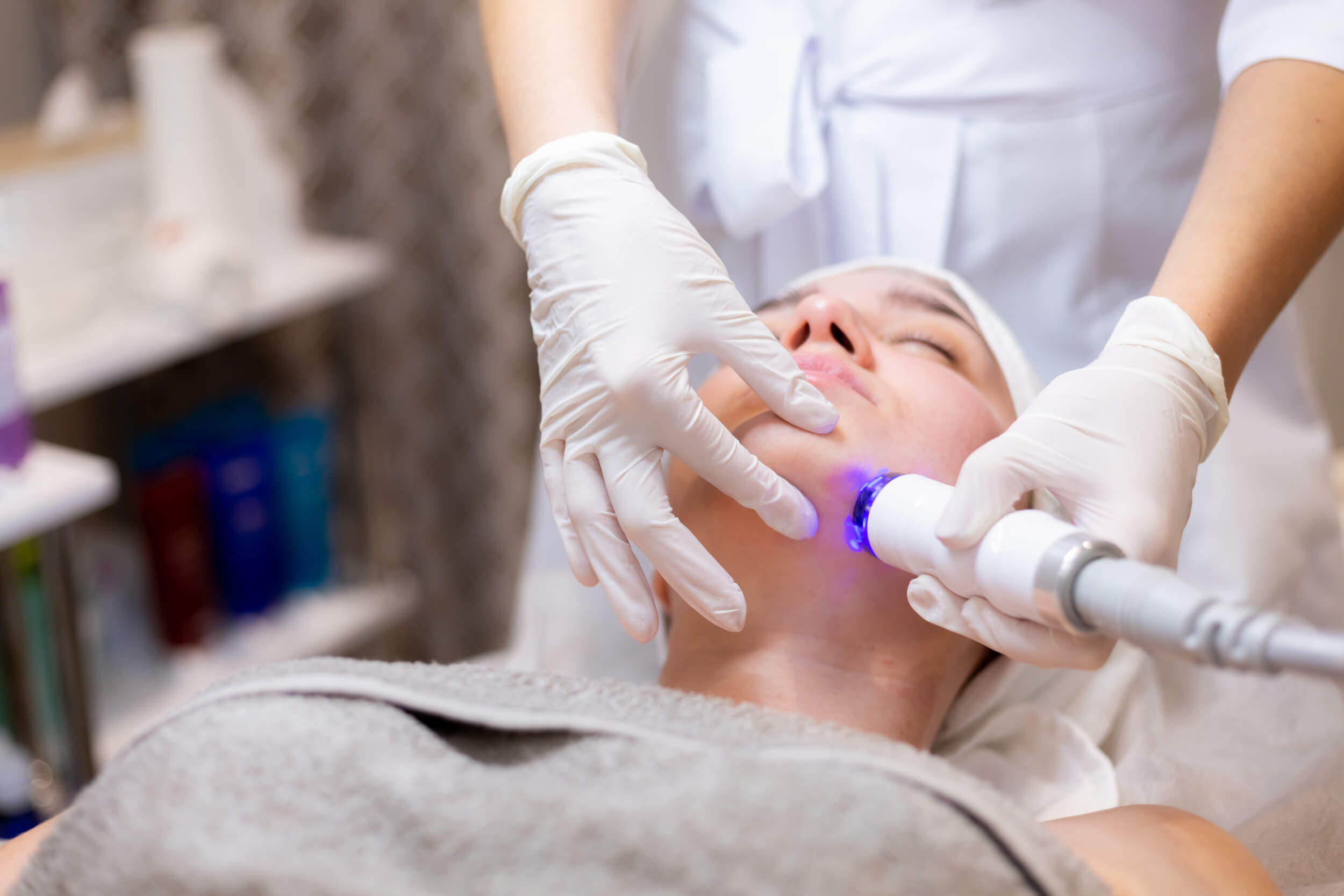
Mesotherapy as a vitamin bomb for the skin
Today, mesotherapy is used as a broad-spectrum technique that can help with many problems. It can even sculpt the body and remove fat in areas such as the abdomen, thighs, buttocks, hips, legs, arms and face or reduce cellulite. However, it is mostly used for skin rejuvenation, as it reduces wrinkles and unwanted lines in the face and eye area. You can even use it to lighten pigmented skin, minimize acne or even treat alopecia - a condition that causes hair loss.
Other effects of mesotherapy:
- Overall skin revitalization - firming of the skin, better hydration,
- Unification of skin tone,
- Stimulation of new collagen formation, immediate and long-lasting effect,
- Preventive anti-age treatment,
- Fills the skin density,
- Softens skin texture,
- Unifies the appearance of pigmentations,
- Strengthening of blood capillaries,
- Withdrawal of pores,
- Addresses problematic skin and acne,
- Scar reduction.
Dracula therapy PRP - therapy with stem cells from your own blood
Platelet rich plasma (PRP) has been used as a treatment modality for skin rejuvenation since the last decade. It is suitable for stressed, dry skin, for overall skin regeneration and regeneration of skin cells damaged by UV rays or post-menopausal skin. It also serves to stimulate cell renewal. It can be applied on the face, neck, décolleté and hands as well as on the skin in other parts of the body. The plasma in the treated areas is absorbed within approximately 48 hours of application. Immediately after the application, during the absorption of the plasma, the treatment may seem to have no effect, but within two weeks the expected collagen production and its positive regenerative effects will appear.
